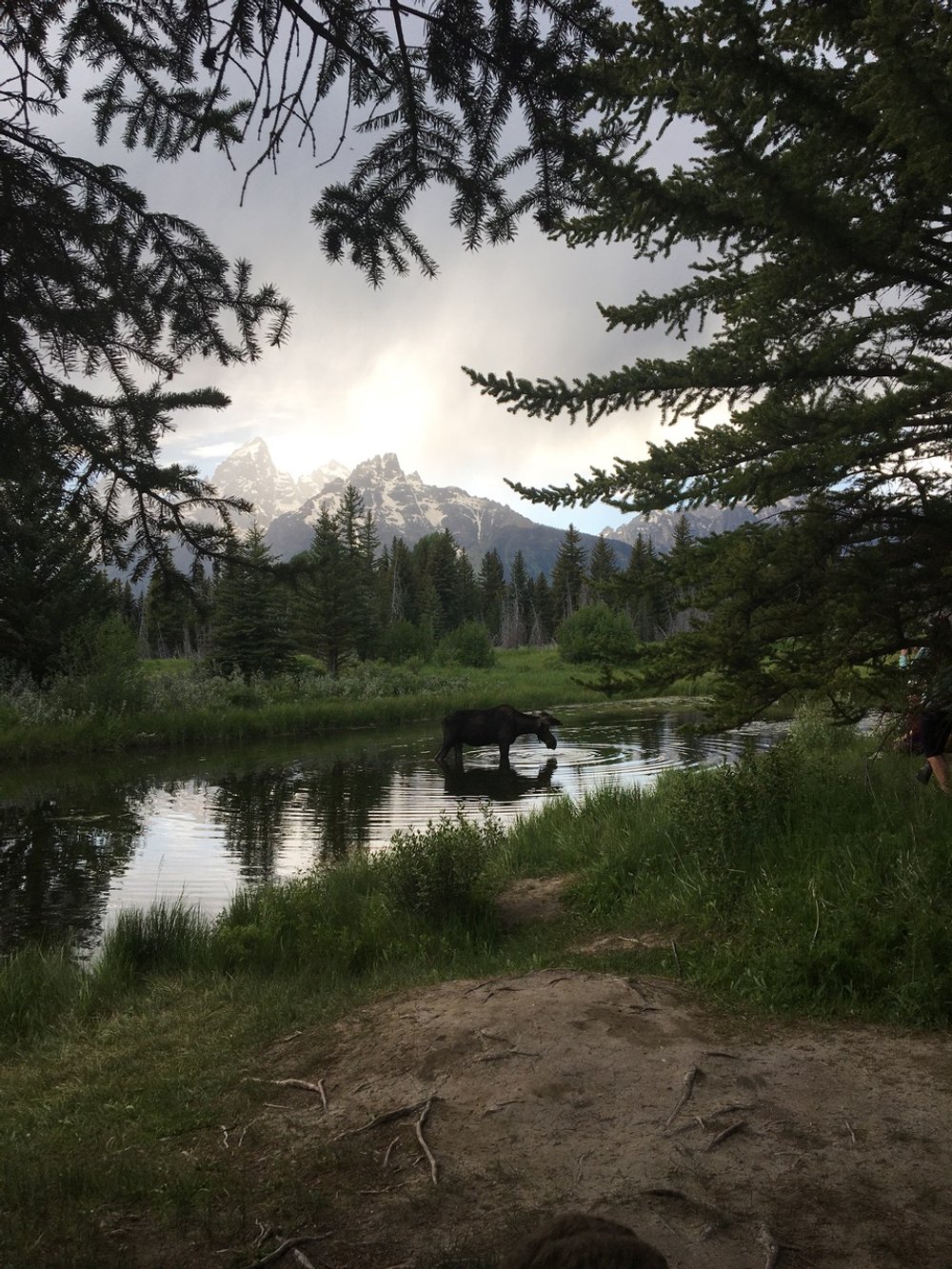We’ll Do Most Of The Few
When we write the words: “The Holidays”
We think of the very many ways
We honor tradition. What have we done? What did Mom Dad do?
Then, for these Holidays, we’ll do most of the few.
© Mary & Forrest Heaton 24Sep22
Change. Every so often, tradition changes dramatically. One of those occasions occurred to Mary & me at the end of 2018 when we moved from a larger home to a smaller apartment, a continuing care and retirement center (CCRC), a good move for the circumstances but difficult for maintaining some holiday traditions. Then, as if that weren’t enough, Covid-19 began appearing worldwide and families, preventing potential disease spread, stopped visiting each other. In our case, four further items occurred: a medical issue with Mary and three medical issues for me, all four of which involved longer recovery. This, then, is to say that occasionally, traditions involving “The Holidays” change dramatically, calling for a fresh approach to address the current circumstances.
Thanksgiving. When our parents were living, Thanksgiving usually involved being at their house with family and friends. Baked turkey with all the accoutrements--often candied yams, sauerkraut, stuffing, roasted Brussel sprouts, creamy roasted garlic mashed potatoes, roasted baby carrots, etc. This year, in 2022, we’ve been blessed with son, Matt, and spouse, Ondrea, visiting from a 3 to 6-year assignment in Japan. They and one of their children and spouse joined us. It has been a lovely Thanksgiving!
Christmas. And then, Christmas. The purpose if this post is to 1) honor traditions, 2) highlight that changes will happen, and 3) offer you (and ourselves) a few thoughts to consider.
Attend a Tree-Lighting Ceremony! This was easily done in DC! But less so now. We’ve a tradition to resume with this one if we can find the right ceremony to attend!
Attend a Local Christmas Festival. As with the tree-lighting ceremony, it would be good to chose the right Festival.
Christmas Card. We’ve always sent a card and this year will be no exception. In this instance, we’ve chosen to include a poem and a photo of Mary, Esprit, and me in our Santa hats.
Christmas Cookies. Mary makes an outstanding Christmas cookie—with Santa’s beard flowing and nose glowing. It’s a good gift to take to a few new friends and old neighbors along with a handmade eggnog by papa Heaton.
Christmas Music. If you’ve built a big Christmas music collection, now is a good time to fill the house (apartment) with good music to celebrate.
Christmas Tree. The ornaments are so special. Its just that, later in life, a place to store it (the artificial tree and ornaments) can be a problem.
Church. It is good to choose to go to church. We want to do so.
Connect With An Out Of Town Friend. We’ve already started this and it is amazing how special this call or visit can be!
Donate. This is also a good season to donate. Christmas is all about giving! You could consider giving more than once. Just looking for donation opportunities can get the giving endorphins flowing through your system.
Family. Between us, we’ve got six “kids,” eight grandkids and three great grandkids. We’ve some visiting to do!
Garland For The House. This also is new—a garland decoration for the tree or house to fill the house with lovely smells, perhaps dried citrus, that last all season long.
Letter To Santa. We’ve not done this before, and, since we’ve chosen to say “no” to some old (fireplace) Christmas traditions, it seems like a good idea to start some new ones!
Manger. I built a manger when we lived in Allentown PA in 1966. We purchased figurines from antique shops from time-to-time. Sally rubbed them with umber to make them look old. The hay on the floor came from underfoot plus a small amount of hay from Jerusalem sent to us in a card by a friend. We placed the manger on a table in the living room. It told the Christmas story. Sally and then Mary would make sure to place baby Jesus in the manger each Christmas Eve. Sara has asked for it when we’re done with it. One day it will be hers.
Play. Each year we took our kids (when they were “kids”) to see a play at Christmas—almost always Charles Dickens’ Christmas Carol. We need to look for a local play and may need to do this one at a time.
Poetry. This season offers plenty of opportunities for writing a new poem or memorizing one you’ve loved from the past.
Travel. Covid and medical situations aside, excellent travel opportunities and related festivities are particularly available this time of year.
Volunteer. This season offers opportunities galore to help. And, most everyone needs help.
New Year’s. As Thanksgiving is part of our “Holidays;” New Year’s is as well. New Year’s may be restricted by medical recovery this year. We’ll see as October through December develop.
Tradition. Honoring tradition can be very different household to household. Some may have grown up in a Jewish household, some in a Buddhist one, some is an Islamist one, and other faith-based households. This post is written to honor ALL these very different and very meaningful traditions. VERY Happy Holidays To ALL!






























